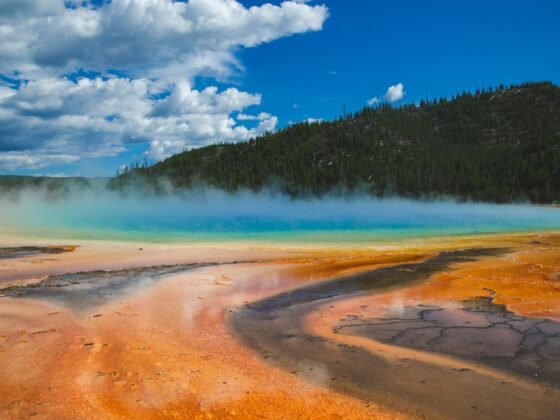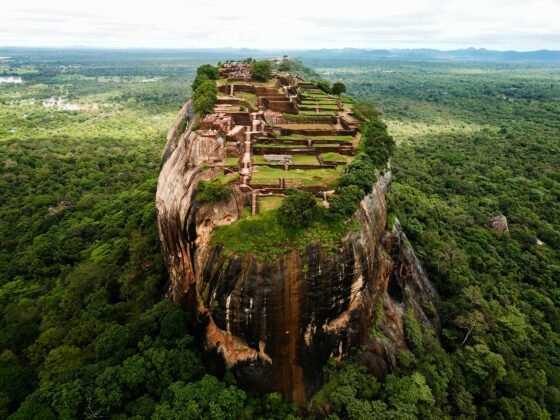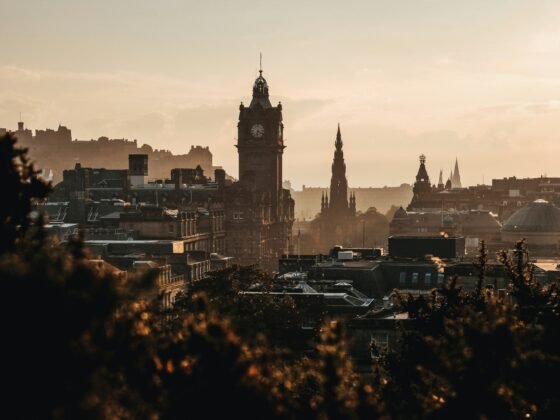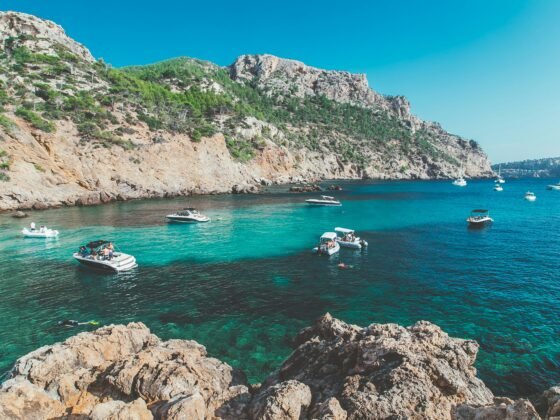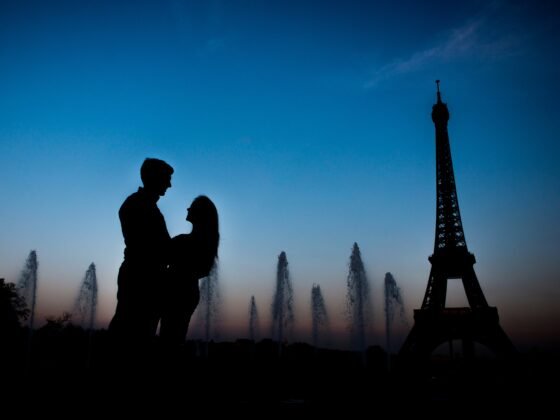Mighty Mount Kilimanjaro stands tall on an East African plateau, on the Kenya border near Moshi in Northern Tanzania. Kili stands beside Mount Meru and both mountains are extinct volcanoes. Kili is actually made up of 3 volcanoes, Kibo (5,895m/19,340ft), Mwenzi (5,149/16,896ft) and Shira (3,962m/13,000ft). The mountains have created their very own micro climate and create a rain shadow on their East and South sides, which provides a very verdant and fertile setting for the towns of Moshi and Arusha in Tanzania, growing crops such as coffee and bananas.
The Swahili and Chagga dialects have spawned many names for Mount Kilimanjaro including “Mountain of Greatness”, Mountain of Whiteness” and “Mountain of Caravans”. Although the origin of the name is not known for certain, the word ‘kilima’ means ‘top of the hill’ in Swahili and “kilemakyaro” is said to come from Chagga dialect, meaning “impossible journey”.
Formation of Mount Kilimanjaro
25 million years ago Eastern Africa was a massive flat plain that ruptured and caused the creation of the volcanoes from the earth’s crust. This energetic creation of the mountains is linked geologically with the formation of the Great Rift Valley, 100km west and which runs from the Red Sea through Tanzania and into Southern Africa. The activity was greatest in the valleys and this is where the massive volcanoes of Ngorongoro Crater within the Rift were formed. There are five main zones to the Kilimanjaro ecology which are all controlled by individual factors; altitude, rainfall, temperature, flora and fauna.
History of Mount Kilimanjaro
During the second century AD, the Greek astronomer and cartographer Ptolemy, had written about the existence of mysterious lands to the south of what is now known as Somalia. Sightings were made of man-eating barbarians and also a great snow mountain, which could have been relayed from the Phoenicians, who had already circumnavigated Africa. Certainly this account appears to be the very first written account of Kili.
During the following thousand years, there was no documented evidence of Kili. The East African coast became an important trading route during the sixth century, following Arab rule, who traded in ivory, gold rhino horn and slaves. The next recorded mention of Kili was by Chinese traders during the twelfth century.
During the 1840’s a team of British explorers strived to find the source of the Nile and on 27 April 1848, a missionary, Rebmann, set off to explore Jagga (now Chagga) and the possibilities of setting up mission stations. Until now the great mountain of “Kilimansharo” had been almost a myth, a mountain that was ‘topped with silver’ and was possessed by ‘spirits of the mountain’. However Rebmann became the first European to catch sight of the snowfields of Mount Kilimanjaro.
The first Mount Kilimanjaro climb
The first attempt to ascend Kili was by a German geographer, Professor Hans Meyer in 1889. He tackled Kibo but was thwarted by thick snow, ice walls 30m high and his companion’s altitude sickness. Meyer traveled with a support group, state of the art equipment and set up a base camp which was supplied with food via porters. The team tackled ice cliffs, ice flows, sharp 35 degree inclines and after much painful trekking through inhospitable terrain and treacherous conditions, managed to get within 150m of the Kibo summit. Three days later the summit climb was successful and Meyer became the first person to ever climb Kilimanjaro!
Want to know more? Then read the PureTravel Tanzania and Kilimanjaro travel guide – then if you’re ready for the challenge, why not find out more about Tanzania and Kilimanjaro tours. There is more information on All you ever wanted to know about Tanzania as well.
However there wasn’t a queue of prospective climbers until 1912 when a path was made from Marangu and huts were constructed at Horombo and Mandera by Dr E Forster for the German Kilimanjaro Mountain Club.
The Kilimanjaro site established a forest reserve in 1921 which measures 929 sq km / 92,906ha. The site also became a park in 1973, which was opened in 1977 by President Nyerere and measures 756 sq km / 75,353ha. Kili also achieved UNESCO World Heritage status in 1989.
Modern day Kili
Tackling mighty Kili has become something of an obsession amongst adventure travelers and more recently, celebrities climbing for Comic Relief. Rising to (5,895m/19,340ft) at Uhuru Peak, it is the tallest peak in Africa. Snow-topped Kili can be tackled all year round although rains in April, May and November can hamper your chances of success. Climbers experience a whole raft of terrains during their ascent; managed farmland, tropical rain forests, alpine meadows and finally for those energetic enough to reach the summit, there is a snow and ice tipped plateau.
There are now five major trekking routes up Kili, which all offer different views and challenges; Machame, Marangu, Lemosho, Rongai and Umbwe. These routes lead to the south circuit path where the final 1,200m ascent can be tackled. Start from the Kibo hut at 2am and you should be atop the roof of Africa just in time to watch the awesome sunrise.
Mount Kilimanjaro is the highest peak on the African continent, it is also the highest freestanding peak in the world. So when are you going to tackle the highest walkable mountain in the world?




